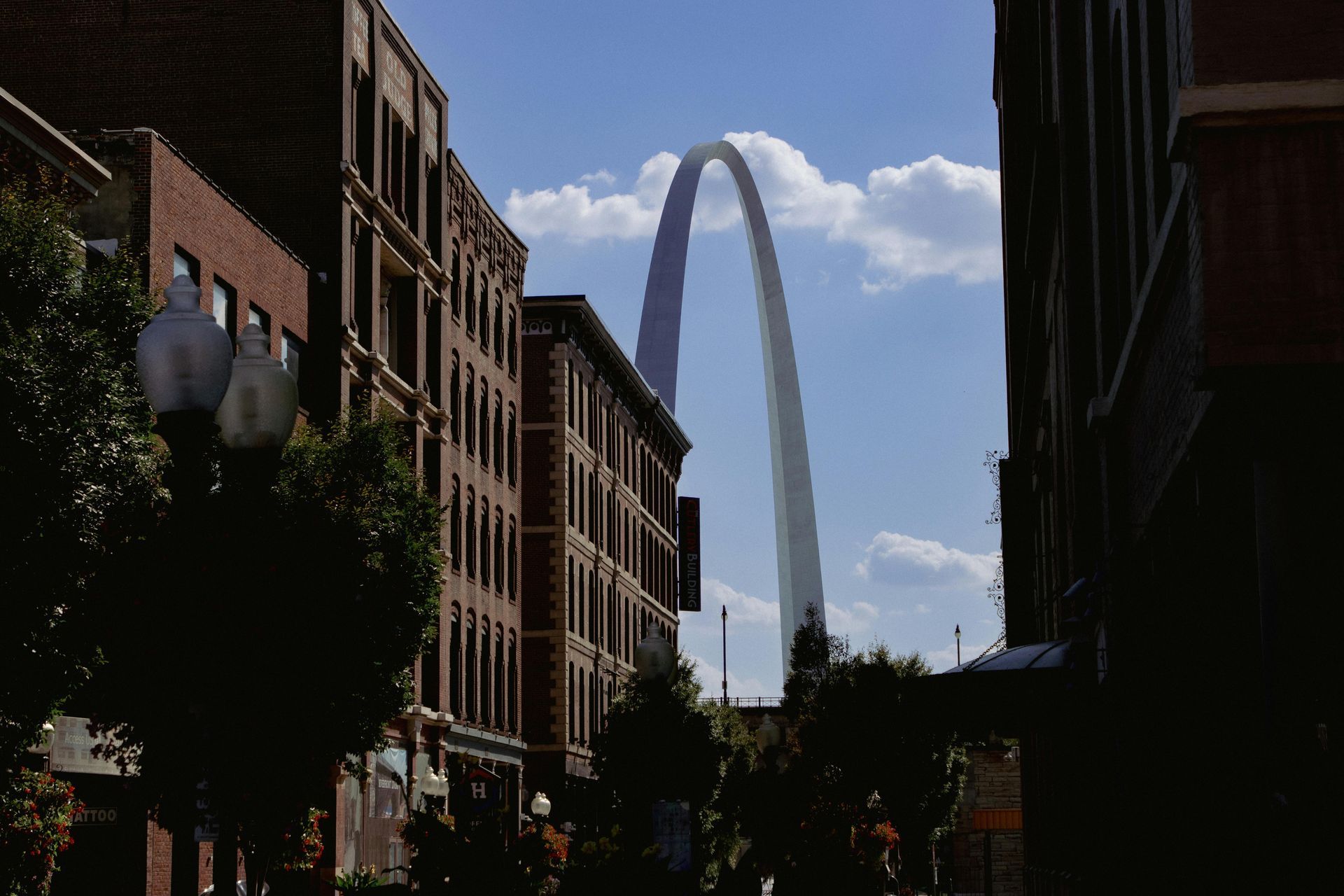Why Flat Roof Leaks Start in Late Summer—and How to Prevent Them
In the St. Louis area, late summer brings more than just heat and humidity—it also marks a critical time for commercial flat roofs. As temperatures fluctuate and thunderstorms roll through, hidden roofing issues can quickly turn into costly leaks.
At Taylor Roofing, we specialize in protecting commercial properties from these seasonal surprises. Here’s why late summer is a prime time for flat roof leaks—and what you can do right now to prevent them.
1. Thermal Expansion and Contraction
Flat roofing systems—especially those using TPO, EPDM, or modified bitumen—expand and contract throughout the day. After months of hot sun beating down on your roof, materials can begin to crack, pull at seams, or loosen around flashings. This movement is subtle, but over time it can lead to vulnerabilities in your roofing membrane.
Prevention Tip: Schedule an August inspection to check for seam separation or signs of cracking, especially around penetrations and flashing details.
2. Heavy Rains Expose Drainage Issues
August in the Midwest often brings heavy, fast-moving storms. If your commercial roof has clogged drains or poor slope design, water can pond for days—seeping into any weak point in the system.
Prevention Tip: Ensure all drains, scuppers, and gutters are clear of debris. A quick drain inspection now can prevent a major interior leak later.
3. UV Damage Accumulates Over the Summer
UV rays degrade roofing materials over time—especially white reflective roofs, which can become brittle with age. Late summer is when months of sun exposure begin to show their impact.
Prevention Tip: Look for signs of chalking, fading, or blistering. A professional roofer can recommend coatings or repairs before more serious deterioration occurs.
4. HVAC and Rooftop Equipment Leaks
Your commercial roof likely supports HVAC units or other rooftop systems. Over time, vibrations and weather can weaken the seals or curbs around this equipment—common leak points that are often overlooked.
Prevention Tip: Have your roofer inspect all equipment curbs and flashing. These areas should be resealed regularly to prevent moisture intrusion.
5. Ignored Damage from Earlier Storms
Summer storms in May, June, or July may have already compromised your roof. Minor punctures from debris or hail aren’t always visible but can lead to leaks as soon as water starts pooling.
Prevention Tip: Don’t wait for water stains to show up inside. A professional roof inspection with infrared or moisture detection can find damage before it becomes a disaster.
Final Thoughts: Don’t Let Late Summer Catch You Off Guard
Flat roofs are durable—but like any part of a commercial building, they require seasonal attention. August is a smart time to act—before fall rains and colder temperatures roll in.
At Taylor Roofing, we’ve helped St. Louis businesses protect their assets for over 25 years. Our expert commercial roofing team offers comprehensive inspections, preventative maintenance plans, and fast, reliable repairs.
Schedule your late-summer roof checkup today by calling 618-233-2424 or visiting
www.taylorroof.com. Let’s get ahead of the leaks—before they get ahead of you.



